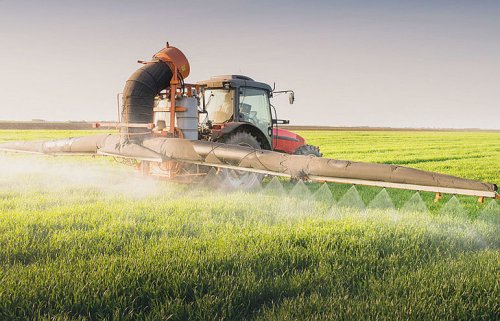
Chemical Watch | 14 September 2017
Chemical associations push for closer Nafta collaboration
Chemical industry groups in the US, Canada and Mexico have issued joint
recommendations on regulatory cooperation and rules of origin in
anticipation of a renegotiation of the North American Free Trade Agreement
(Nafta).
The statement signals a push by industry toward what they hope will be a
regional chemical management regime based on the risk-based model of the US
and Canada.
The two papers, released on 11 September by the Chemical Industry
Association of Canada (CIAC), the Mexican Chemical Industry National
Association (Aniq) and the American Chemistry Council (ACC), follow up a
more general statement the groups issued in March.
The new recommendations reiterate that "chemical regulations should be
science and risk-based, taking both hazard and exposure into consideration."
The groups view Nafta "modernisation" as an opportunity to set a global
precedent in favour of risk-based regulation.
Extending approach to Mexico
Testifying in July at US Trade Representative (USTR) public hearings on
renegotiating the agreement, ACC senior director of global affairs Greg
Skelton said his organisation specifically sees an opportunity to extend the
approach to Mexico and align its chemicals programme with those of the US
and Canada.
Mr Skelton said the ACC seeks to have Mexico "adopt either the US or
Canada’s chemical inventory instead of trying to compile their own" as well
as sign onto the other nations’ aligned implementation of the UN Globally
Harmonized System (GHS) for classification and labelling.
The industry groups may also be hoping to influence Canada, whose Liberal
government may be moving toward a hazard-based approach that shifts the
burden onto industry to prove a chemical is safe.
The joint recommendations include:
- sharing data related to "ongoing work and decisions to prioritise, evaluate, and manage chemical substances safely," while recognising "the right of governmental bodies to make sovereign decisions on the basis of the data and information before them";
- agreement on "common scientific criteria to ensure the quality and reliability of scientific data underpinning regulatory decisions," such as common definitions for terms such as "weight of the evidence";
- promoting alignment in chemical classification and labelling; and
- changes in rules of origin that make it simpler and easier to qualify for Nafta tariff exemptions.
Among other things, the organisations propose raising the percentage of
non-qualifying material that is allowed in Nafta-advantaged goods from 7% to
15%. They are also backing rules that make it easier to qualify substances
undergoing processes such as purification and blending in Nafta countries
The CIAC said that representatives from all three trade groups will be
meeting with the Nafta negotiating teams in connection with the upcoming
third round of negotiations. These are scheduled to be held in Canada in
late September.
Earlier pact
The idea of a regional regime is not entirely new. In 2007, the US, Canadian
and Mexican governments signed a pact to each take action towards improving
the knowledge and management of risks posed by chemicals on their markets.
The pact was intended as a response to a commitment - made by world
governments at the Johannesburg summit on sustainable development in 2002 -
to put in place measures by 2020 to minimise the adverse effects of man-made
chemicals on health and the environment. The EU’s different response to the
same goal is the REACH Regulation.